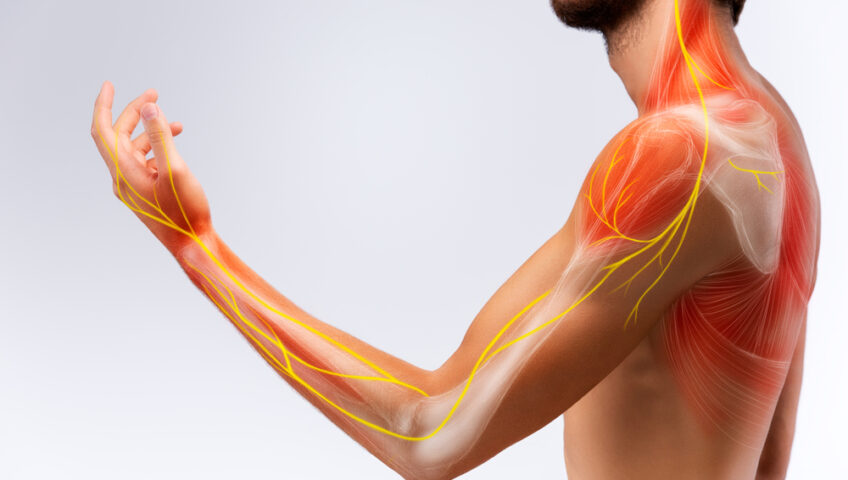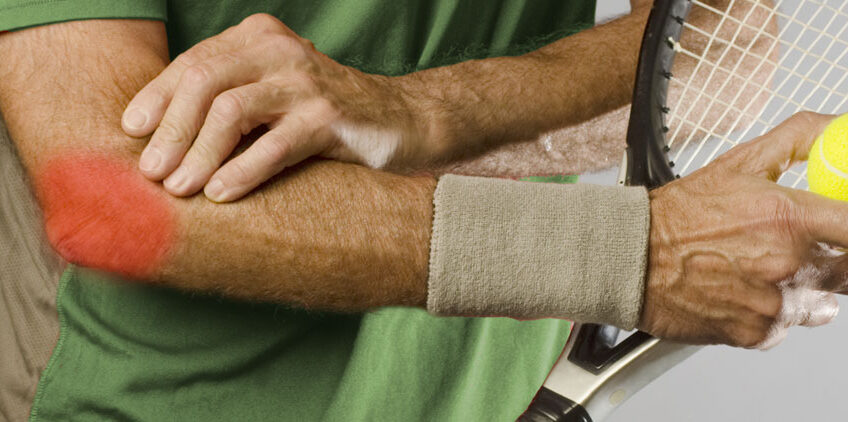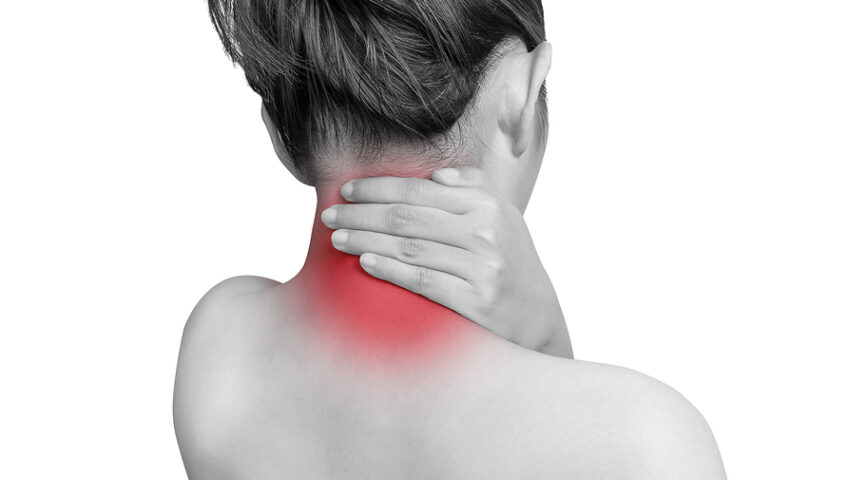
Know Your Nerve Pain
What happens when you feel pins and needles, abnormal sensations, or shooting pain? How often should it occur or should it even be occurring in the first place? When should you be worried about nerve pain?
Well, fret not! In this article, we’ll discuss the difference between nerve impingement and neurodynamic sensitivity.
Read more




